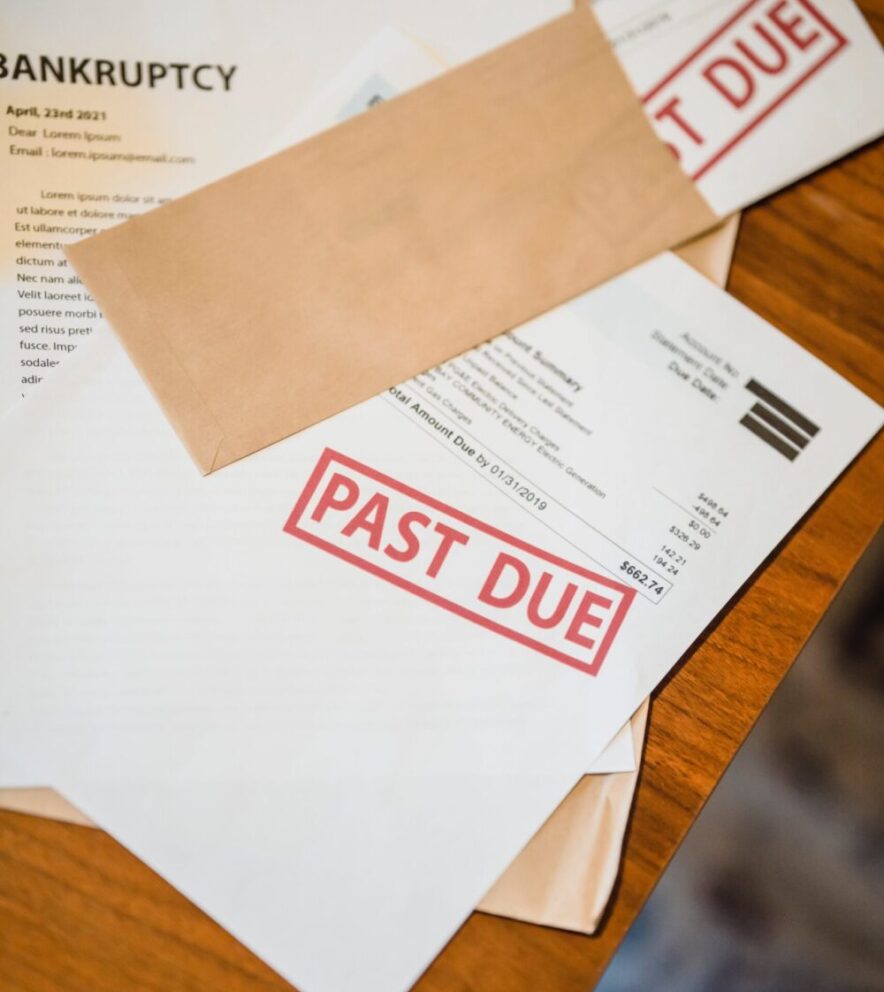Use this handy guide to figure out how quickly you can buy a home after a major financial setback when applying for a loan through FHA, Fannie Mae, or Freddie Mac.
Foreclosures, deeds in lieu, short sales, bankruptcies — they can damage your credit for a long time.
But by following guidelines from the FHA, Fannie Mae, or Freddie Mac, you can become a homeowner again if you work to rebuild your credit and have a little patience.
Government Entities Set Guidelines for Credit Events
The chart below outlines the criteria that government entities FHA, Fannie Mae, and Freddie Mac follow for major credit-busting events, including foreclosure. Although FHA, Fannie Mae, and Freddie Mac aren’t direct lenders, they wield a lot of behind-the-scenes influence by working with banks to guarantee loans and help lenders free up capital to provide more mortgages.
One of these entities may have made your loan possible without you even knowing it. Although for the most part banks make loans to whomever they want, they’ll likely find themselves following FHA, Fannie Mae, or Freddie Mac guidelines at a minimum in order to keep working with these useful partners.
Some lenders may have more stringent policies and others, willing to take greater risks, may work outside these entities and offer more liberal lending policies.
How to Read the Chart
This chart offers summaries of what can be complex rules and regulations. So:
- Look to professionals, such as a bankruptcy lawyer and a CPA specializing in bankruptcy provisions, before making major financial decisions.
- For HUD-approved counselors, go to HUD.gov. You can also call 1-888-995-HOPE for help from the Homeownership Preservation Foundation.
- Understand what “extenuating circumstances” means in each case:
FHA: An event that was out of the borrower’s control that made a significant impact on the borrower’s finances and led to bankruptcy or foreclosure.
Fannie Mae: A nonrecurring event that’s beyond the borrower’s control that results in a sudden, significant, and prolonged reduction in income or a catastrophic increase in financial obligations.
Freddie Mac: A nonrecurring or isolated circumstance, or set of circumstances, that was beyond the borrower’s control and that significantly reduced income and/or increased expenses and rendered the borrower unable to repay obligations as agreed, resulting in significant adverse or derogatory credit information.
| FHA | Fannie Mae | Freddie Mac | |
| Foreclosure | •3-year wait. | •7-year wait from the completed foreclosure sale date. •3-year wait if borrower can show extenuating circumstances (additional underwriting requirements apply for 4 years after 3-year waiting period). •7-year wait for a second home, investment opportunity, or cash-out refinancing. | •5-year wait from the completed foreclosure sale date. •3-year wait if borrower can show extenuating circumstances. |
| Short Sale | •No wait if not in default. •3-year wait if in default at closing of short sale. | •2-year wait if the borrower puts 20% or more down. •4-year wait if the borrower puts 10-20% down. •7-year wait if the borrower puts less than 10% down. •2-year wait time if borrower can show extenuating circumstances and puts 10% or more down. | •4-year wait. •2-year wait if borrower can show extenuating circumstances. |
| Deed in Lieu of Foreclosure | •Same as FHA’s foreclosure policy. | •Same as Fannie’s short sale policy. | •Same as Freddie’s short sale policy. |
| Bankruptcy | Chapter 7 (liquidation): •2-year wait from the discharge date of the bankruptcy. •1-2 year wait if borrower can show extenuating circumstances. Chapter 13 (repayment plan): •1-year wait from the discharge date of the bankruptcy. | Chapter 7 or Chapter 11 (reorganization, usually involving corporations or partnerships): •4-year wait from the discharge or dismissal date of the bankruptcy. •2-year wait from the discharge or dismissal date may be accepted if borrower can show extenuating circumstances. Chapter 13: •2-year wait from the discharge date or 4-year wait from the dismissal date. •2-year wait for a dismissal if borrower can show extenuating circumstances. Multiple bankruptcies: •5-year wait if the borrower has filed more than one bankruptcy petition in the past 7 years. •3-year wait if borrower can show extenuating circumstances. | Chapter 7 or Chapter 11: •Same as Fannie’s bankruptcy policy. Chapter 13: •2-year wait from the discharge date of the bankruptcy. •2-year wait from the discharge or dismissal date of the bankruptcy if borrower can show extenuating circumstances. Multiple bankruptcies: •Same as Fannie Mae’s policy for multiple bankruptcies. |
Source: FHA Handbook, Fannie Mae Selling Guide, Freddie Mac Selling Guide
Another option is to avoid this all together. Learn more about what we have to offer HERE. If you need to sell your house quickly, in as-is condition, contact us for a free no-obligation cash offer today!

